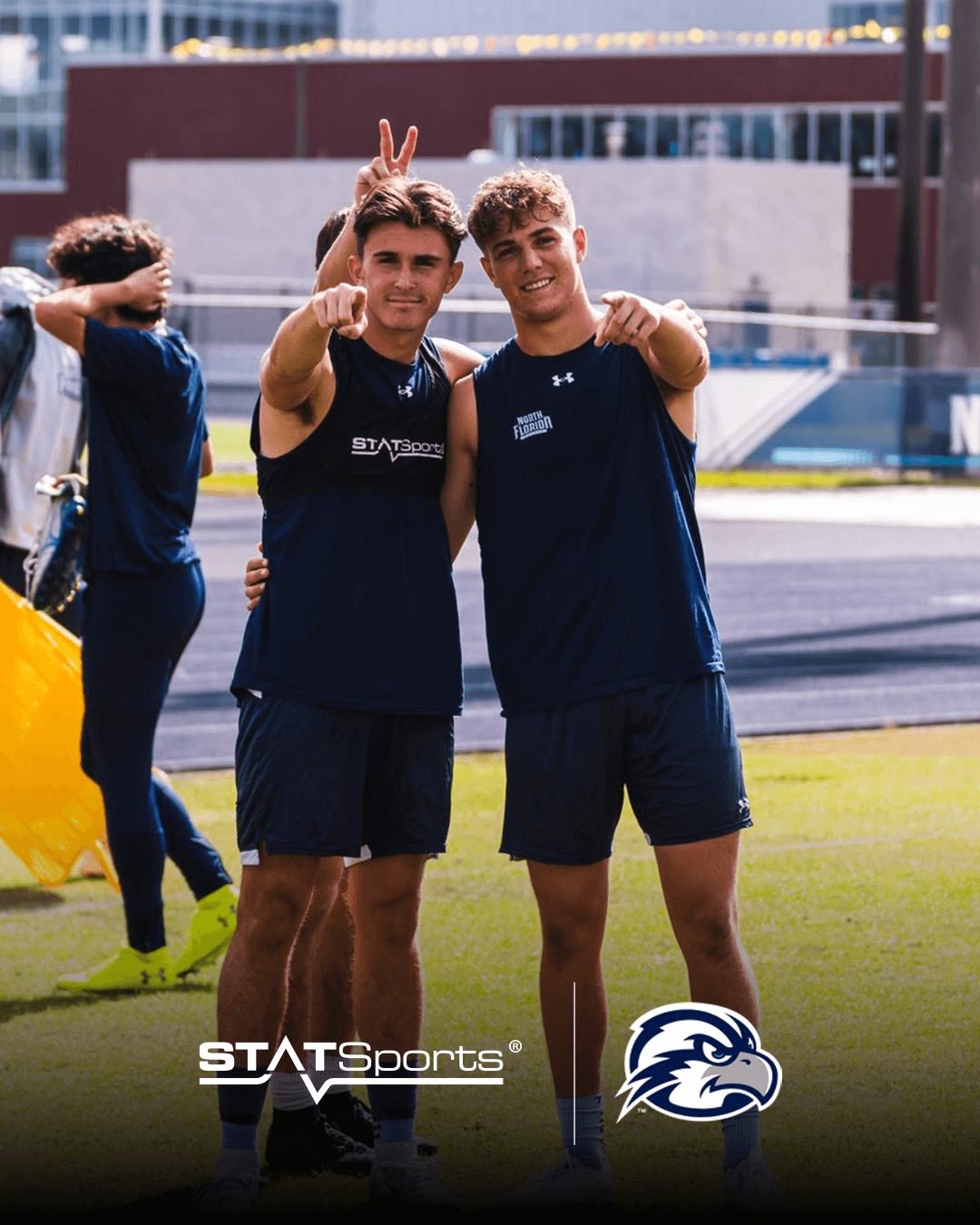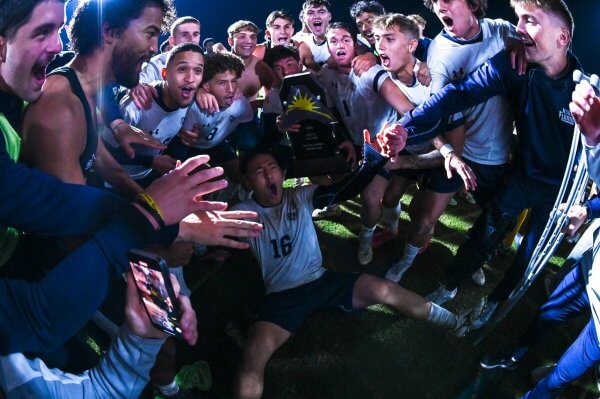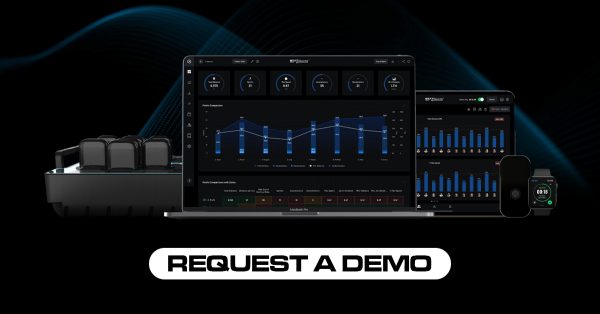
22 Apr Two Ways GPS Data Powered a Championship Season: STATSports x North Florida
The University of North Florida Ospreys are a rising force in NCAA Division I soccer, crowned 2024 ASUN Conference champions. At this level, where the margins are razor-thin, physical preparation is everything.
With a growing reputation for player development, Head Coach Jamie Davies and his staff adopted STATSports GPS technology to optimise performance and stay one step ahead of the competition.
According to Davies, their goals in using the system were clear;

1. Peaking at the Right Time of the Season
Sustaining high performance through a competitive league season is no easy feat. But with STATSports, Davies and his team could analyse the physical progression of players and adjust their weekly plans accordingly.
“For us the information was great, towards the back end of the season we hit a period where everything was very consistent. We were playing one game per week on a Saturday for 5/6 weeks straight, so we could compare the physical progression from week 1 right through.”
By closely monitoring weekly loads, the staff could individualise training plans and maintain optimal performance when it mattered most – on matchdays.
“The data allowed us to tailor each week to get the boys peaking at the right time, on Saturdays at the end of the season.”
2. Keeping Players Healthy
For Davies, it wasn’t just about hitting peak performance — it was about keeping players available to compete. At the end of the day, the best ability is availability.
“The system allows us to see if players were maybe just doing too much or too little, and being able to adapt to what they were doing by using the data.
We get information immediately post-session, so coaches are aware of the player loads straight away. We also get reports daily and at the end of the week allowing us to change our sessions if needed.”
To support this process, the team collaborates with the university’s Kinesiology department. Intern Lily Odum plays a key role in tracking and interpreting GPS data throughout the season.
“I look at the data throughout the entire season during practice and games. We can see metrics such as their max speed and how much ground impact they’re having, which I find really interesting.
We apply this data to see if they’re pushing themselves too far and that allows us to prevent injuries and stops us losing players throughout the season.”
An essential part of this, is having an effective way of communicating this data to the coaching team who make the big decisions.
“I download the data from the pods to the computer to look at the data really easily. Through that, I can take the data and quickly export it to excel sheets or different graphs that make it really easy for coaches and players to understand”

From the Players’ Perspective
Midfielder Tyler Prebenda, who logged 1,462 minutes across 17 games, sees GPS tracking as a critical performance tool.
“Coming into the locker room everyday after training, seeing how far we’ve run. If it’s supposed to be an easy day, it’s easy to judge and if it’s a hard day it’s about making sure we’re hitting the right numbers.
It really helps keep us safe, healthy and performing at our best.
This last season it was a great tool, especially for guys who got a lot of minutes. I know I was injury free, and a lot of the other guys were too.”
In an environment where student-athletes are balancing sport and academics, knowing their workload is being monitored gives players the confidence to perform — and potentially take the next step in their careers.

“STATSports is such a unique and incredible tool, and you can really see in this past season how it helped us improve beyond what we thought was possible.”
